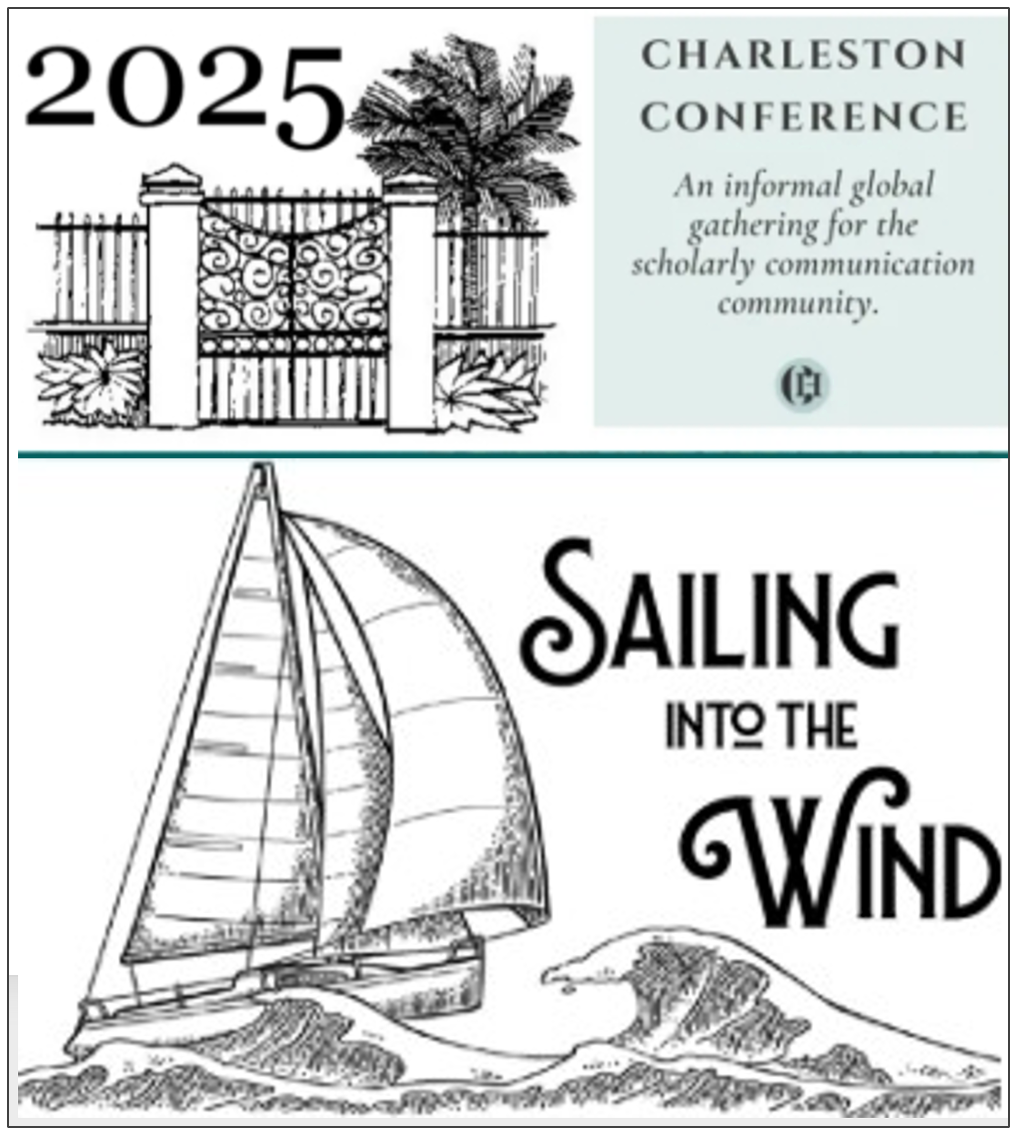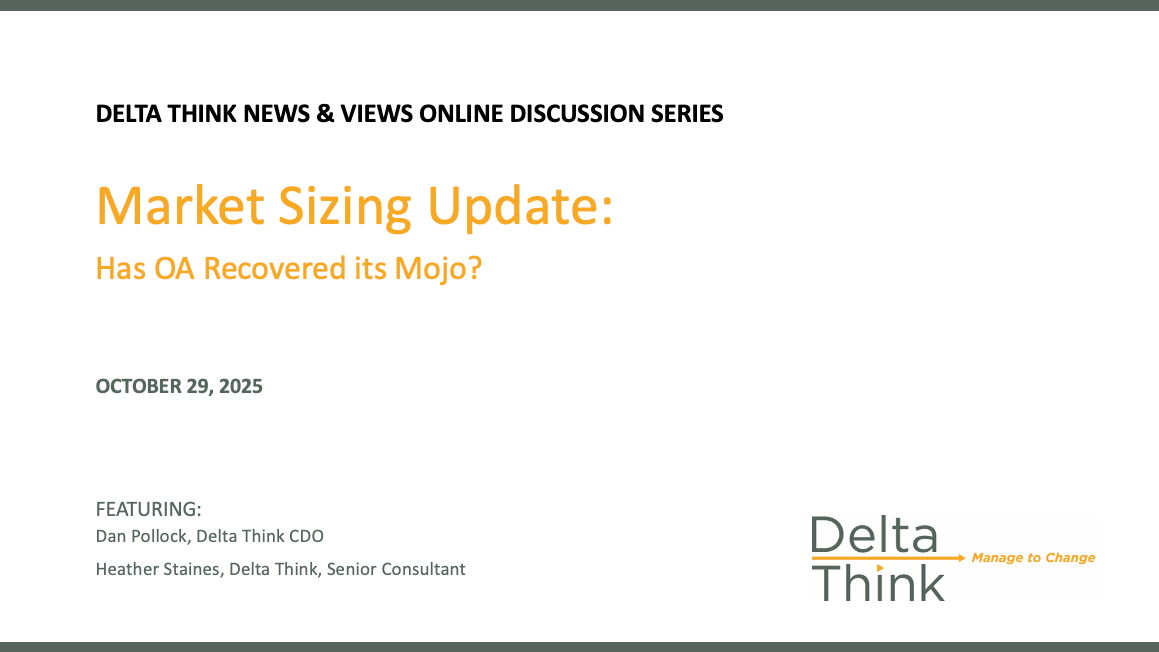News & Views: Will cuts to National Science Foundation funding affect scholarly publishing activity?

The US Government has planned cuts to funding of the US National Science Foundation (NSF) in 2025 and 2026. Before we can undertake a full analysis of how these cuts might affect publishers, we must unpack some data. This month we put the cuts in context, looking at how the cuts impact research and the scale of NSF output. And we find they may not affect research in the ways the headlines suggest. We will follow up with a future analysis modelling specific scenarios of impacts on publisher submissions.
Background
The US National Science Foundation is an independent US federal agency that supports science and engineering across the US and its territories. In its 2024 financial year (FY)1, it spent around $9.4 billion, funding approximately 25% of all federally supported research conducted by US colleges and universities.
In May 2025, the New York Times (NYT) published an article analyzing proposed cuts to NSF funding by the current US Government. The NYT’s analysis suggested a 51% cut in funding from 1 January through 21 May 2025, with a further 56% reduction proposed for next year2.
We have previously analyzed effects of proposed cuts to funding of the National Institutes of Health (NIH). The proposed cuts to the NSF are deeper, so might they have an even greater negative effect on publication volumes?
Understanding what the cuts apply to
The 51% cut in 2025 covers 140 days, equivalent to a 20% annualized cut. So could we see the same level of reduction in papers this year? And could this be followed be a 56% drop next year, as the 2026 cuts cover a full year?
As with our analysis of the NIH, we need to understand how the changes in funding translate into research activities, and thence into corresponding volumes and timing of publication output. We therefore analyzed the NSF’s own budgetary figures to put the cuts into context.
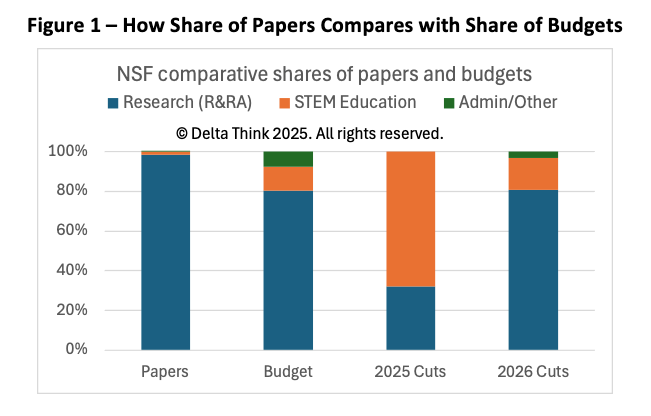
Sources: OpenAlex, Research Organization Registry, NSF, New York Times, Delta Think Analysis.
The figure above compares distributions of papers with budgetary activity between key NSF activities.
- The left-most bar (“Papers”) shows that over 98% of papers arising from NSF activities result from its research grants (which it terms Research and Related Activities or R&RA). The papers arising from the STEM Education program account for around 1.7% of output (the thin orange slice at the top).
- Compare these proportions with share of budget (second-left bar, “Budget”, spanning a like-for-like period3). Around 80% of the NSF’s budget has been spent on research activites and just over 12% on STEM programs.
- The “2025 Cuts” bar shows the relative proportions of the NYT’s headlines for the 2025 cuts. The lion’s share of these affects the STEM Education program.
- The “2026 Cuts” bar analyzes the NSF’s own 2026 budget proposals, which show even deeper cuts that those suggested by the NYT's analysis. Their split between research and other activities roughly matches the historic budget proportions4.
The key takeway is that cuts do not necessarily relate to research activity and therefore to resulting publications. For example, we can see that a large cut in STEM budget in 2025 will likely have a small effect on output of papers, because STEM Education accounts for such a low share of output. Even if STEM Education were cut by 100%, it would affect no more than the 1.7% or so of related papers produced. Conversely, the proposed 2026 cuts are deep, mostly affect research ouput, and so could lead to a significant reduction in papers.
How much does the NSF influence global publications?
We can add the NSF data to our previous analysis of key US federal funders of research as follows.
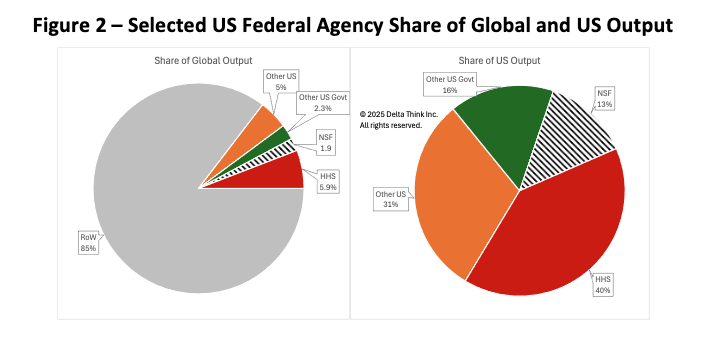
Sources: US Federal Budgets, OpenAlex, Research Organization Registry, NSF, New York Times, Delta Think Analysis.
The charts above show the output funded by the NSF and the Department of Health and Human Services (HHS) as a share of global output (left) and US output (right).
- The US accounted for around 15% of global output.
- The NSF accounted for just under 2% of global output, and just over 13% of US output.
- The HHS, which includes the Centers for Disease Control and Prevention (CDC) and National Institutes of Health (NIH), accounted for just under 6% of global output, around 40% of US output. The NIH accounted for 95% of HHS output (not shown above).
- Note: the data span the previous 5 years, and the samples are based on OpenAlex data, where papers are indicated to have the funders as classified above, or by one of their subsidiaries (as best we can estimate).
The NSF produces around one third of the papers compared to the HHS. Together they account just under 8% of global output – and just over 10% if other US Government output is added. Significant reductions in output from these agencies would therefore be noticeable globally, but more a drag on performance than a catastrophic collapse. However, the effects for journals and publishers relying heavily on US-authored papers could be profound. Referring to the right-hand chart above, these latter constitute over 53% of output from the two major agencies, or 69% if the rest of US Governement-funded papers are included.
Conclusion
As ever, headline numbers need unpacking to get to a meaningful analysis of impact. The big cuts to NSF in 2025 funding fall largely on departments that produce few publications, and so publishers will likely remain unaffected by them. The NSF alone accounts for just under 2% of global publications, so again, the effects of cuts on publications will likely be minor.
However, for publishers and journals heavily reliant on US researchers, things are different. Although not as big as the HHS (and NIH), the NSF is still a significant funder of papers from the US. The effects will be even more profound for specific journals and also will be reliant on the cuts in grants. In the second part of this analysis, planned for later this summer, we will look at how many journals may be significantly impacted, and model some scenarios quantifying impact on publishers in more depth.
---
1 Financial years run October to September. E.g. the 2024 financial year ran from 1 October 2023 through 30 September 2024. This is the same as most US federal agencies, including the others we have analyzed (CDC, NIH, HHS).
2 The NYT did not specify which year the 56% cuts to “next year” applied to. Given the NYT article was written just past mid-way through the FY 2025, it seems reasonable to assume the 56% cuts “next year” apply to the FY 2026 (starting from 1st October 2025).
3 To compare like for like we averaged data spanning 5 years from 2019. This avoids recent changes and rearrangements of budgets reported by the NSF.
4 For FY 2026, the NSF moved STEM to be part of research, so we separated it back out to compare like-for-like historically.
---
This article is © 2025 Delta Think, Inc. It is published under a Creative Commons Attribution-NonCommercial 4.0 International License. Please do get in touch if you want to use it in other contexts – we’re usually pretty accommodating.
TOP HEADLINES
NIH to crack down on excessive publisher fees for publicly funded research – July 16, 2025
"As part of its ongoing commitment to scientific transparency and responsible stewardship of taxpayer dollars, the National Institutes of Health (NIH) today announced plans to implement a new policy that will cap how much publishers can charge NIH-supported scientists to make their research findings publicly accessible."
MDPI Signs First North American Agreement with Canadian Consortium – July 14, 2025
"The Multidisciplinary Digital Publishing Institute (MDPI) has signed its first consortium agreement in North America, marking a significant milestone for the fully Open Access publisher. The agreement is with the Federal Science Libraries Network (FSLN) and will last for two years."
B17 conference outcomes released – July 8, 2025
"Earlier this year, the 17th Berlin Open Access Conference (B17) brought together national delegations of research institutions and their libraries from around the world to assess progress in their transformation strategies, collectively advancing a more open scholarly publishing system and addressing emerging challenges in the increasingly complex research communication ecosystem."
DIAMAS results will change the face of Diamond OA – July 2, 2025
"The DIAMAS final conference celebrated the 9 project outputs that have been integrated into the European Diamond Capacity Hub (EDCH) in Brussels on 3 June 2025. It shone a light on how DIAMAS outputs will support the community to implement and sustain the Diamond OA model in Europe and beyond."
Knowledge Unlatched Finds a New Home with Annual Reviews – June 26, 2025
"Annual Reviews today announced that it has signed an agreement with Wiley that enables Knowledge Unlatched (KU) – most recently owned and operated by Wiley – to move to a new home within the Annual Reviews organization. The move supports one of the most recognized initiatives in open access publishing and marks KU’s return to nonprofit stewardship."
OA JOURNAL LAUNCHES
New open-access journal AI for Science aims to revolutionize scientific discovery – July 2, 2025
"IOP Publishing has partnered with the Songshan Lake Materials Laboratory in China to launch a new diamond open-access journal to showcase how artificial intelligence (AI) is driving scientific innovation. AI for Science (AI4S) will publish high-impact original research, reviews, and perspectives to highlight the transformative applications and impact of AI."

